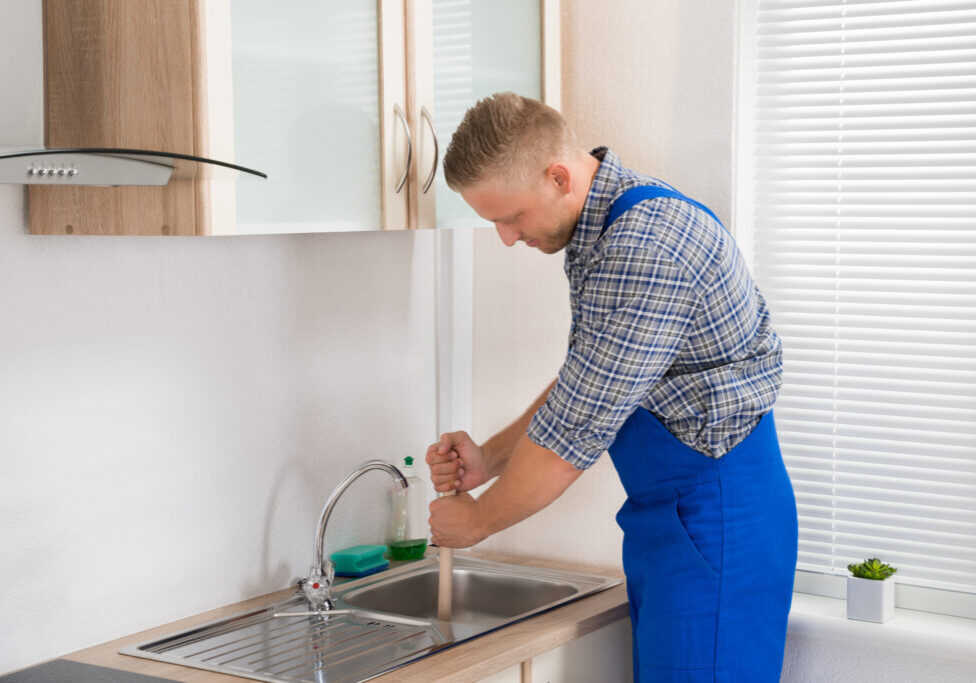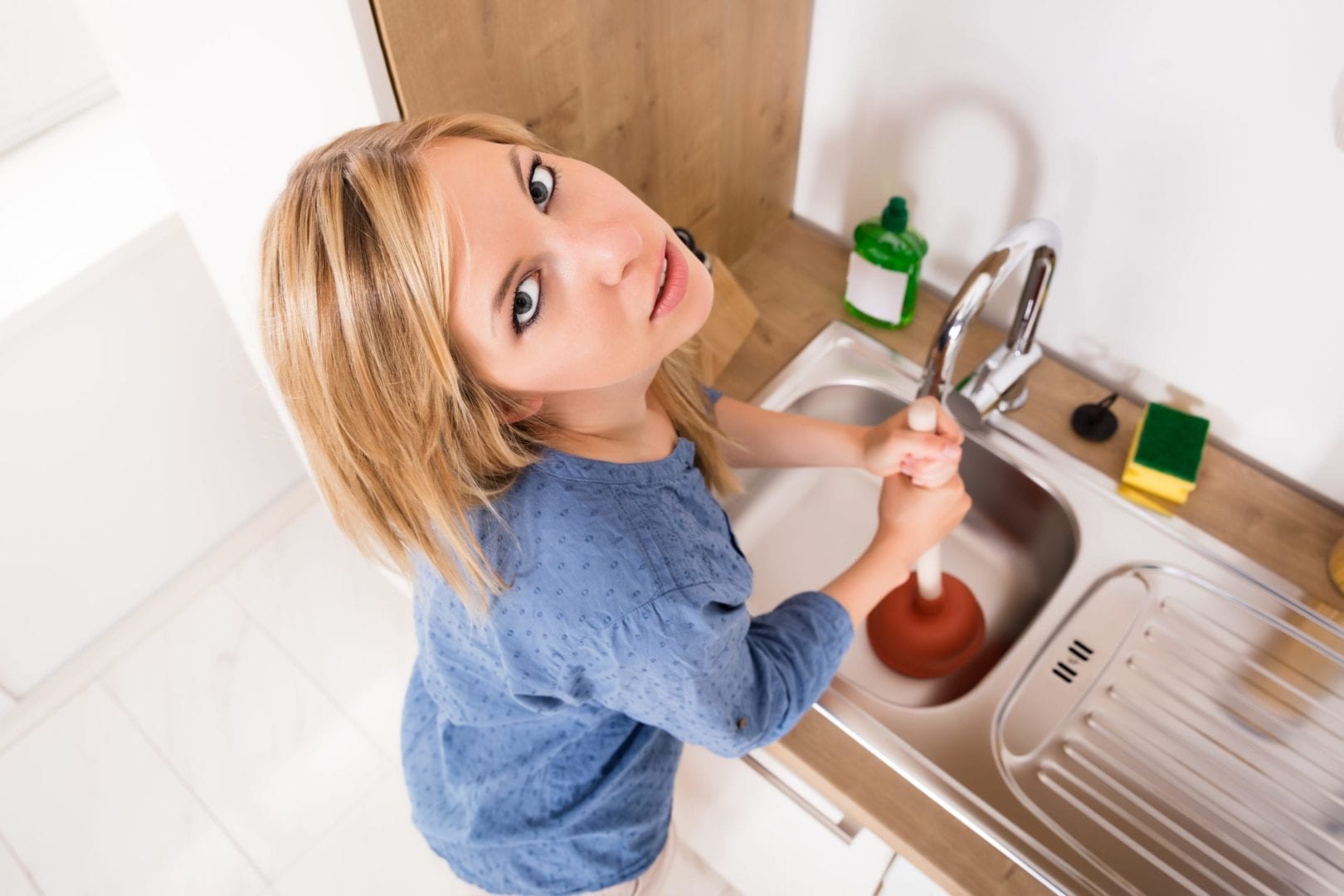Ways to Employ Plungers and Drain Cleaners Properly: Expert Advice
Ways to Employ Plungers and Drain Cleaners Properly: Expert Advice
Blog Article
On this page underneath you can find some exceptional content relating to Here's How to Correctly Use a Toilet Plunger.

Introduction
Correct upkeep of family drains is vital for preventing clogs and ensuring smooth water flow. One of the secret tools in every home owner's toolkit is the bettor, along with different drain cleaners made to deal with persistent blockages effectively. This post discovers just how to use plungers and drainpipe cleansers properly to keep your drains flowing openly.
Section 1: Understanding Plungers
Types of Plungers
There are a number of types of bettors offered, each made for various types of drains pipes and clogs. One of the most common types consist of cup bettors, flange bettors, and accordion plungers.
Exactly How Plungers Work
Plungers work on the principle of developing pressure and suction to remove clogs. When appropriately used over a drainpipe, they produce a vacuum cleaner that can take out debris or break up clogs.
Selecting the Right Plunger
Selecting the ideal plunger depends upon the type of drain and the nature of the blockage. Cup bettors are excellent for sinks and bathtubs, while flange bettors are better fit for toilets because of their design.
Usual Mistakes with Plungers
Preventing these blunders ensures effective plunging: inappropriate seal around the drainpipe, insufficient force, and not clearing bordering debris.
Section 2: Utilizing Plungers Effectively
Preparation
Before diving, ensure the bettor covers the drain totally and creates a tight seal. Clear any type of visible debris around the drainpipe opening.
Strategy
Begin with mild diving motions to develop suction. Boost stress progressively, using a stable rhythm. Repeat as needed till the drainpipe clears.
Troubleshooting Tips
If plunging doesn't work, try readjusting the seal, applying oil jelly for a far better seal, or making use of a various type of plunger.
Section 3: Understanding Drainpipe Cleaning Company
Sorts Of Drain Cleaners
Drain cleansers can be chemical or chemical. Chemical cleaners use solid chemicals to dissolve clogs, while chemical cleaners use natural enzymes to break down organic matter.
Just How Drain Cleaning Company Job
Chemical cleansers respond with blockages to dissolve them, while chemical cleansers break down natural materials like hair and oil without hurting pipelines.
Safety Considerations
Constantly wear handwear covers and eye security when using chemical drain cleaners. Make sure adequate air flow and adhere to producer directions thoroughly.
Eco-Friendly Alternatives
Think about using vinegar and baking soft drink or enzyme-based cleaners for environmentally friendly options that are much safer for pipes and the environment.
Area 4: Using Drainpipe Cleansers Efficiently
Application Strategies
Pour chemical cleansers directly right into the drain opening. Permit them to work for the suggested time prior to flushing with warm water. Enzymatic cleaners must rest overnight.
Safety measures
Stay clear of blending different kinds of cleansers, as this can generate poisonous fumes. Never ever use chemical cleaners combined with a plunger, as spilling can occur.
Taking Care Of Stubborn Obstructions
For relentless clogs, take into consideration using a pipes serpent or calling a professional plumbing professional to stop damages to pipes.
Conclusion
Finally, comprehending how to utilize plungers and drainpipe cleaners efficiently is necessary for preserving healthy and balanced plumbing systems. By choosing the right tools and techniques, property owners can take on small blockages and stop major plumbing issues down the line.
How To Properly Use A Plumbing Snake To Clear Drains
When any drain clogs in our home arise, we tend to gravitate toward the plunger and little else. In cases where the plunger and its vacuum-created pressure are not able to clear clogs, many immediately move to harmful chemicals or simply call their plumber to fix the issue.
we’re happy to help with all drain cleaning needs and concerns. This includes informing you on a few other home remedies you may have at your disposal for minor to moderate clogs, one of which is the use of a plumbing snake. Many people have never used one of these before – let’s go over the steps to take when your drain clogs and you have a plumbing snake available.
Attempt Plunger Use
The first step here, as we noted above, should indeed be to grab your plunger when you notice a drain clog and attempt to resolve it this way. If you’re unsure how to use a particular type of plunger, our plumbers can answer any questions you have. If this doesn’t do the trick, however, you move on to the snake.
Locate And Prepare Snake
A plumbing snake is a metal or plastic device that’s generally about a quarter of an inch thick. It’s design with significant extensions, meant to reach down into your clogged drain and push the clog out. Snakes also contain drain augers that will latch onto and push stubborn blockages.
If your plunger doesn’t clear a clog, locate your snake and bring it to the drain in question. We also recommend keeping a bucket nearby to collect the clog once you pull it out, plus we’d advise wearing goggles and possibly protective gloves.
Feed Snake
Once you’re ready to go, feed the snake slowly down the drain, using the crank device it comes with to keep it moving until it finds the clog. Once this happens, much of the clog will be latched onto the coil so you can pull it out, while the rest will simply break up and flow downward.
Detach Debris
Remove the snake slowly from the drain, and once you’ve done so, pick off any debris that’s stuck to the coil. This is another area where wearing gloves is a must.
Flush Drain
Finally, take a few minutes to ensure the snake has done its job correctly. If you’ve been using it on a toilet, flush the toilet a couple times and make sure everything flows well. If you’ve used it on a different drain, flush it with some room temperature water.
https://www.mybuddytheplumber.com/blog/how-to-properly-use-a-plumbing-snake-to-clear-drains/

Application Strategies
Pour chemical cleansers directly right into the drain opening. Permit them to work for the suggested time prior to flushing with warm water. Enzymatic cleaners must rest overnight.
Safety measures
Stay clear of blending different kinds of cleansers, as this can generate poisonous fumes. Never ever use chemical cleaners combined with a plunger, as spilling can occur.
Taking Care Of Stubborn Obstructions
For relentless clogs, take into consideration using a pipes serpent or calling a professional plumbing professional to stop damages to pipes.
Conclusion
Finally, comprehending how to utilize plungers and drainpipe cleaners efficiently is necessary for preserving healthy and balanced plumbing systems. By choosing the right tools and techniques, property owners can take on small blockages and stop major plumbing issues down the line.
How To Properly Use A Plumbing Snake To Clear Drains
When any drain clogs in our home arise, we tend to gravitate toward the plunger and little else. In cases where the plunger and its vacuum-created pressure are not able to clear clogs, many immediately move to harmful chemicals or simply call their plumber to fix the issue.
we’re happy to help with all drain cleaning needs and concerns. This includes informing you on a few other home remedies you may have at your disposal for minor to moderate clogs, one of which is the use of a plumbing snake. Many people have never used one of these before – let’s go over the steps to take when your drain clogs and you have a plumbing snake available.
Attempt Plunger Use
The first step here, as we noted above, should indeed be to grab your plunger when you notice a drain clog and attempt to resolve it this way. If you’re unsure how to use a particular type of plunger, our plumbers can answer any questions you have. If this doesn’t do the trick, however, you move on to the snake.
Locate And Prepare Snake
A plumbing snake is a metal or plastic device that’s generally about a quarter of an inch thick. It’s design with significant extensions, meant to reach down into your clogged drain and push the clog out. Snakes also contain drain augers that will latch onto and push stubborn blockages.
If your plunger doesn’t clear a clog, locate your snake and bring it to the drain in question. We also recommend keeping a bucket nearby to collect the clog once you pull it out, plus we’d advise wearing goggles and possibly protective gloves.
Feed Snake
Once you’re ready to go, feed the snake slowly down the drain, using the crank device it comes with to keep it moving until it finds the clog. Once this happens, much of the clog will be latched onto the coil so you can pull it out, while the rest will simply break up and flow downward.
Detach Debris
Remove the snake slowly from the drain, and once you’ve done so, pick off any debris that’s stuck to the coil. This is another area where wearing gloves is a must.
Flush Drain
Finally, take a few minutes to ensure the snake has done its job correctly. If you’ve been using it on a toilet, flush the toilet a couple times and make sure everything flows well. If you’ve used it on a different drain, flush it with some room temperature water.
https://www.mybuddytheplumber.com/blog/how-to-properly-use-a-plumbing-snake-to-clear-drains/

Hopefully you liked our section on How to Use a Plunger to Unclog a Toilet or Drain. Thank you for taking the time to browse our short article. Are you aware of another person who is excited by the subject? Please feel free to share it. I cherish reading our article about How to Use a Plunger to Unclog a Toilet or Drain.
Book A Service Call Report this page